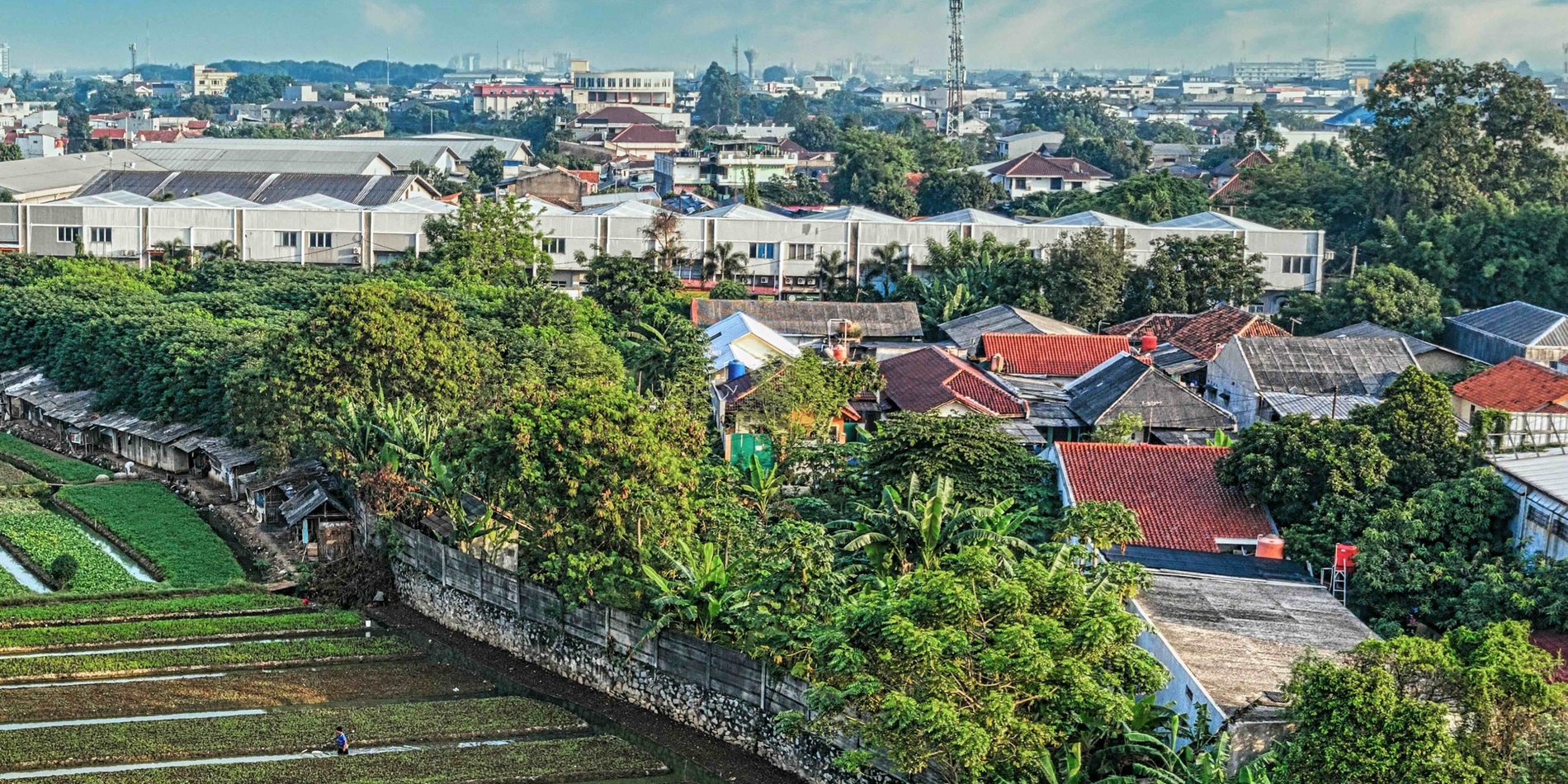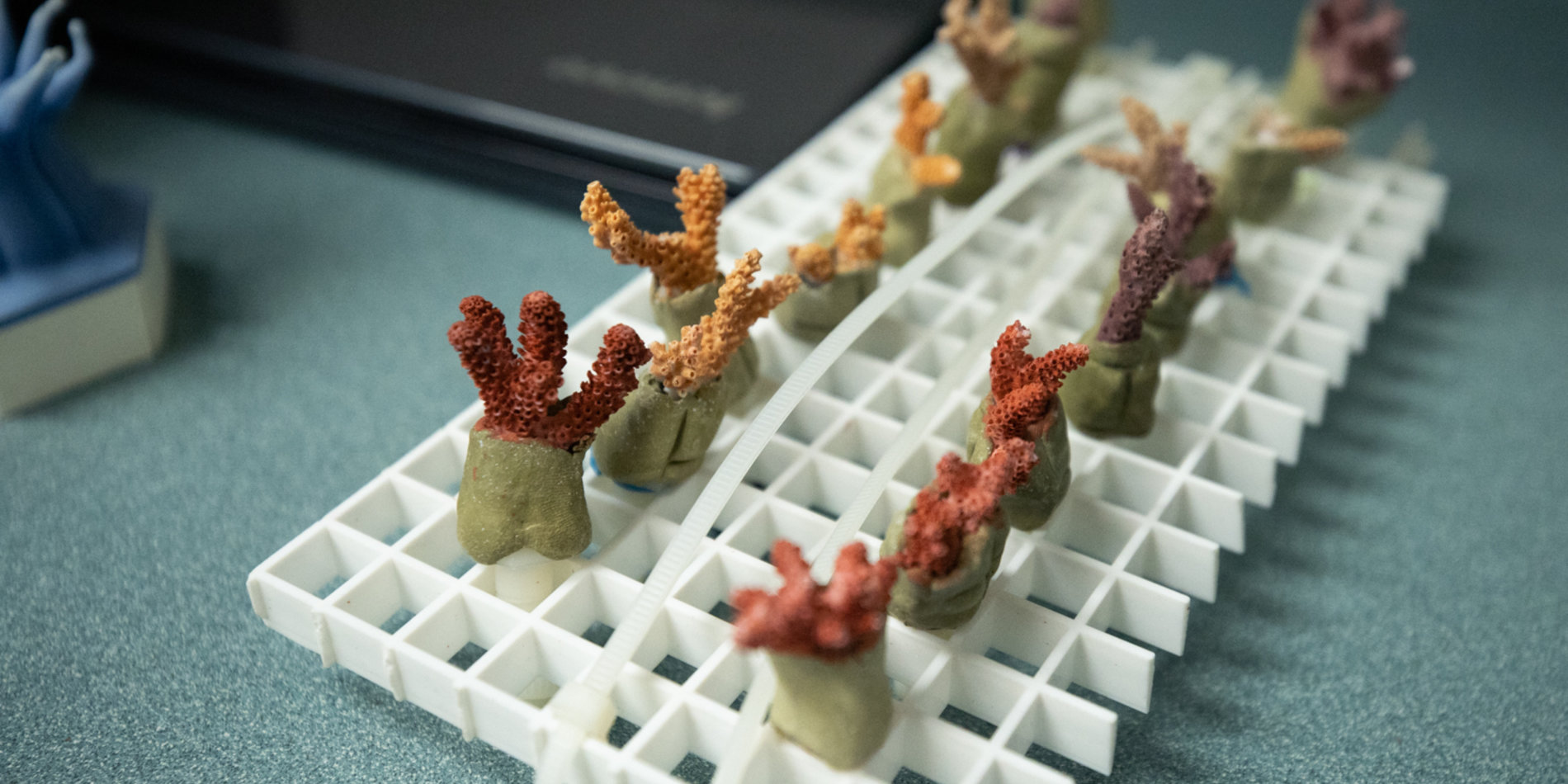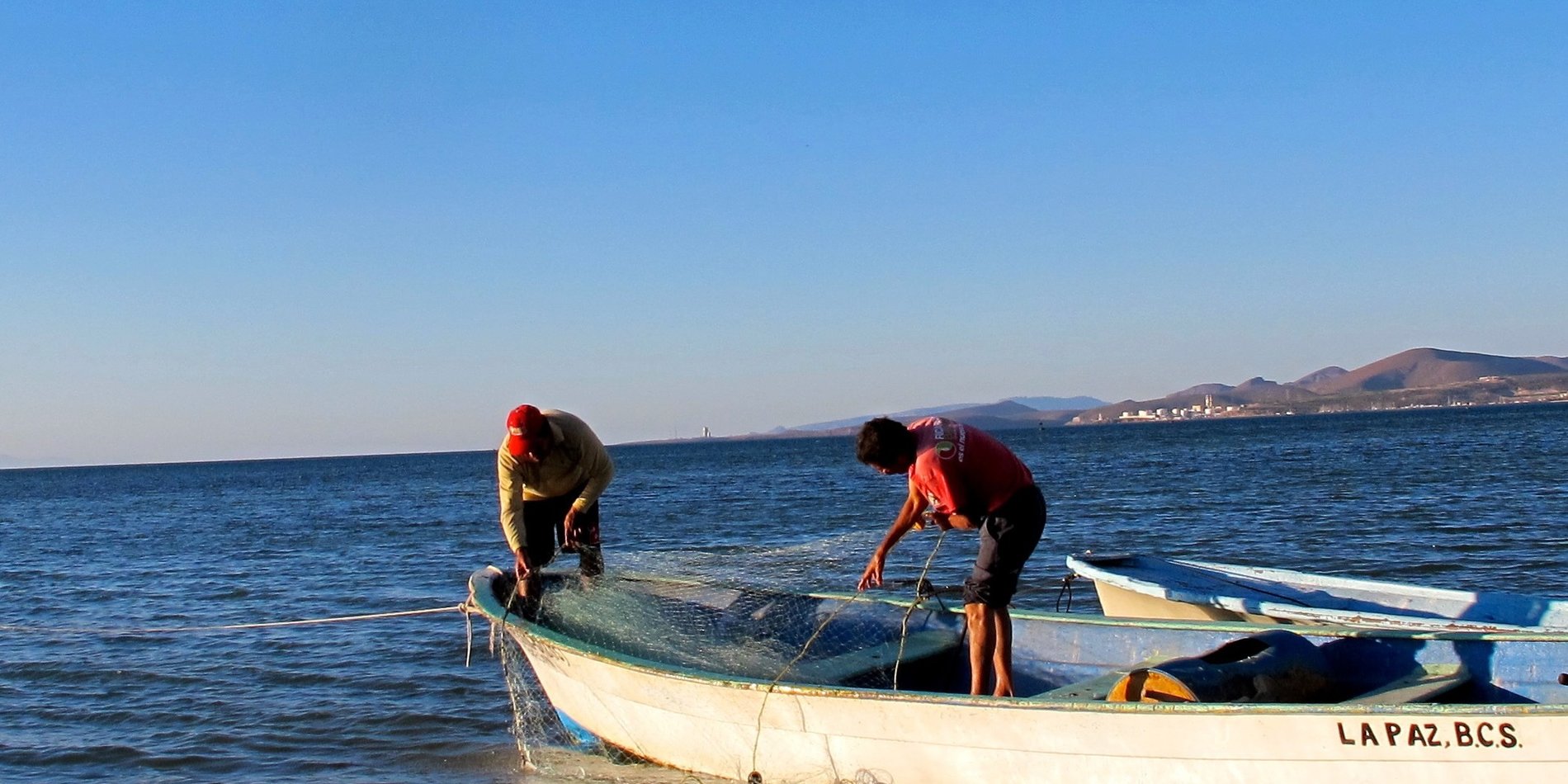Staff Spotlight: Shinnosuke Nakayama
For this issue’s staff spotlight, we had the chance to chat with Shin Nakayama, a Data Research Scientist at COS and a member of the Addressing Illegal Fishing and Labor Abuses key initiative research team.
How does your background in behavioral ecology connect to your Ph.D. research at the University of Texas at Austin on coastal fish species? Did that work lead you to become a data scientist?
I am very interested in how behavior changes through social interactions, so it was my natural choice to study behavioral ecology. My Ph.D. focused on the behavior of a coastal fish species, the red drum, which has a particular life-history and exhibits complex behavioral patterns as a juvenile. The question my research focused on was so big that I couldn’t use only tank experiments to understand it; I had to do a simulation study using individual-based modeling, which showed us that the social behavior we were observing in the red drum was the optimal strategy to maximize population growth. And that was very interesting to me: if you mathematically analyze this behavior, there turns out to be a reason for it!
Before coming to COS, you worked on a wide range of research topics (citizen science, animal group behavior, telemetry, gun violence, etc.). How do any of those experiences inform the work you do now?
If you look at my publication list, yes, it is diverse. But to me, it’s not, because all of my studies are related to behavior. The common theme is trying to understand decision-making through data. During my career, I came to realize the power of data science. If I see raw data, I can’t say anything. But through the process of data cleaning and analysis, I can start to see what’s hidden in that data that has yet to be found.
After my Ph.D., I again studied fish behavior in Germany. And the analysis for that work was very similar to my previous behavioral studies and my work at COS. To me, they are parallel: studying animal behavior and studying fishing vessel behavior both require a similar understanding of systems and patterns. But with fishing vessels, there are more human dimensions, like laws and regulations and country alliances; that doesn’t happen in the same way in the animal kingdom.
Can you tell us about your work for the Addressing Illegal Fishing and Labor Abuses initiative at COS?
My job is to understand and identify the risk of illegal fishing and labor abuses from a data science perspective. I mainly work on answering a set of questions using Automatic Identification System (AIS) geographic positioning data through Global Fishing Watch. Where are the vessels going? Which port do they use? What are the characteristics of those vessels? Where do they fish? Do they need to meet the carrier vessel for transshipment? And how long do laborers stay on the boat? You can see a lot of information in these data, so it’s very promising to dig into it to better understand fishing activities.
AIS provides a huge amount of data, and while it is capable of helping us visualize vessel position, you need a lot more information to be able to say what a vessel is actually doing from its behavioral patterns. So our goal is to try to understand the traits or characteristics of risky vessels, rather than pinpoint exactly which vessels are illegally fishing. We also use satellite data to understand which ports are at higher risk for illegal fishing and labor abuses. We use this information to characterize risky vessels and identify ports where there should be stricter inspections.
What are some of the innovative data tools and data analysis techniques that can help tackle IUU fishing?
Techniques for data analysis are constantly evolving. I always want to learn new techniques and apply them to current data. I think electronic video monitoring might be an interesting way of understanding what is actually happening on board these vessels. I’m also mentoring an undergraduate student, Richard Correro, who is working on satellite imagery analysis. This is a promising way of illuminating illegal fishing activities because it can allow us to identify small-scale fishing vessels and can provide a useful tool for developing countries to understand their fishing activities since they often don’t have the resources to install devices like GPS or video monitoring.
Each type of data —AIS, satellite imagery, and electronic monitoring — has its strengths and weaknesses. I think the best work comes when you fuse all types of data together to understand the real situation. The future of this work is data fusion.
What was your earliest introduction to the ocean?
I was born and grew up in Japan, which is surrounded by the ocean. So the ocean is very close to me. I can’t think of living in a place far from the ocean. When I was a kid, I watched a documentary called “Atlantis”— it’s an old film by Luc Besson — and I was mesmerized by the underwater world. That’s when I knew I wanted to be involved in ocean research.
What motivates you to work on ocean issues? Is there an ocean issue you’re particularly passionate about?
The particular ocean issues I’m the most interested in are the ones I’m working on right now. On my first day at COS, I attended a workshop on how to use Global Fishing Watch’s data, and they gave all participants a free copy of The Outlaw Ocean. I knew that illegal fishing and labor abuses were a problem, but until I read the book, I did not know the seriousness of it. And that was the moment where I was able to see that through my data science knowledge, I can contribute to solving these problems.
What are some of your favorite hobbies? Favorite quarantine hobbies?
I have a big love for plants; taking care of them gives me a lot of peace. Right now, I’m really interested in a particular group of plants, called Calathea. Each leaf is like a painting. For first-time plant owners, I’d recommend something like the snake plant.
If you could give one piece of advice to a young person interested in interdisciplinary ocean work or data science, what would it be?
Listen to the experts in the field and try to collaborate with others. Each field is very interesting and requires a lot of effort to fully understand the deep and complex problems. If you want to become an interdisciplinary data scientist, you need to study the system, and at the same time, work with other scientists.
Learn more about our work on Addressing Illegal Fishing and Labor Abuses >




